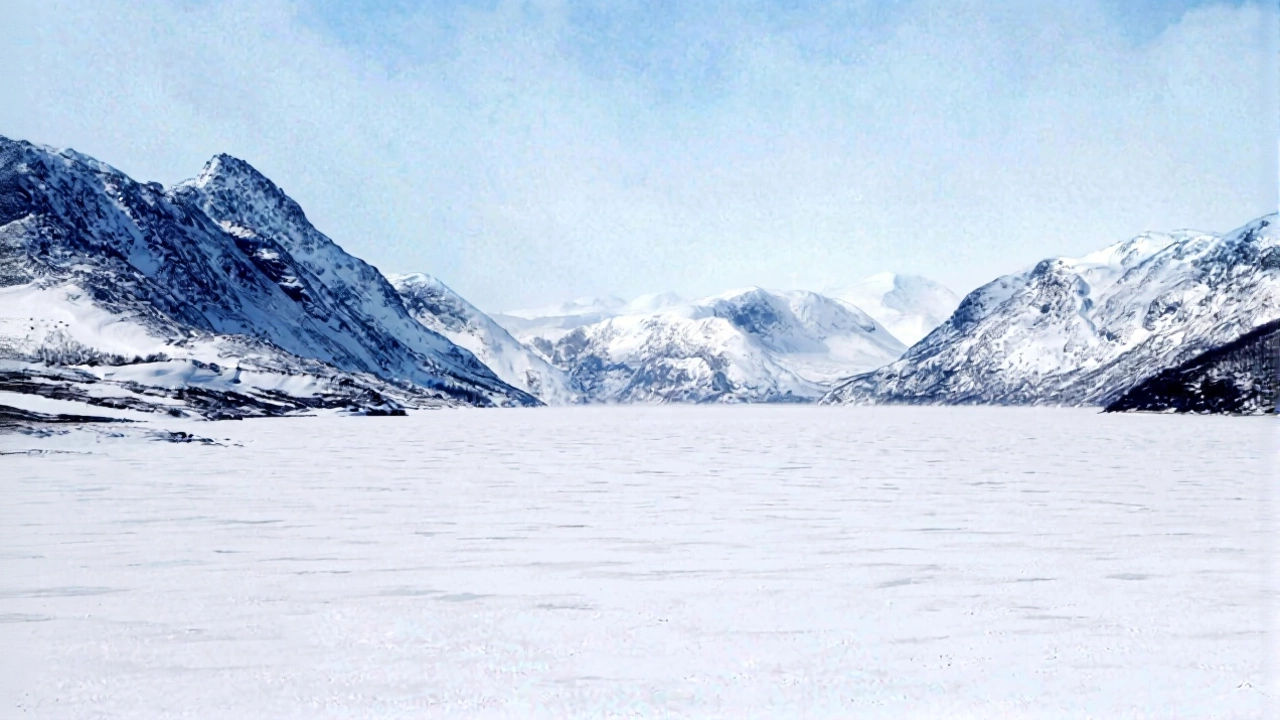Science Insights – Climate Change, Snow Cover & Alpine Winters
When exploring Science, the systematic study of the natural world and its phenomena, also known as scientific inquiry, it fuels our grasp of Climate Change, long‑term shifts in temperature and weather patterns and the dynamics of Snow Cover, the seasonal blanket of snow over land surfaces. Data from the European Environment Agency, an EU body monitoring environmental trends illustrate how warming is reshaping Alpine winters. Science therefore connects climate trends, snow behavior and regional water resources.
How Climate Change Shapes Snow and Water
Science encompasses Climate Change, which directly influences Snow Cover by raising melt rates and shortening accumulation periods. When snow disappears earlier, alpine river basins receive less meltwater, compromising water supply for agriculture and domestic use. This chain – Climate Change → Snow Cover → Water Supply – is evident across the European Alps, where snow depth has dropped about 15% since the 1960s. The reduced snow also hurts winter sports economies, as shorter ski seasons squeeze resort revenues and limit training opportunities for young athletes.
Understanding Alpine Winters now requires precise tools. Remote‑sensing satellites, ground‑based snow gauges, and climate‑model simulations together provide the data scientists need. These methods let researchers track snow extent, forecast melt timing, and assess the long‑term viability of winter tourism. By linking observational data to climate projections, scientists can suggest adaptation measures, such as water‑storage reservoirs or diversified tourism activities, that mitigate the impacts of a warming climate.
The European Environment Agency plays a central role by publishing yearly reports on snow trends, greenhouse‑gas emissions, and ecosystem health. Their 2025 assessment highlighted the sharp decline in European snow cover and warned that continued warming could shave another decade off ski seasons. Policymakers rely on these findings to set emission targets, while local communities use them to plan water‑management strategies.
Our collection below gathers the latest research, case studies, and policy briefs related to these issues. You’ll find in‑depth analyses of snow‑pack monitoring, climate‑impact models for the Alps, and practical guidance for clubs and schools that want to incorporate climate education into their programs. Whether you’re a coach, a student, or a community leader, the articles give you concrete facts and actionable ideas.
Ready to dive into the details? Below you’ll discover a curated set of posts that break down the science, show real‑world effects, and point toward solutions for the challenges facing Europe’s snowy regions.

Snow Cover Vanishes: Europe’s Alpine Winters Shrink as Temperatures Rise
Europe’s snow cover has fallen 15% since the 1960s, cutting ski seasons and threatening water supplies, says the European Environment Agency’s 2025 report.
Continue Reading
